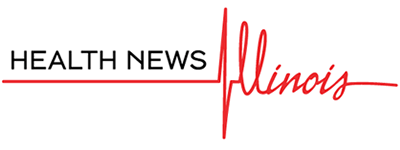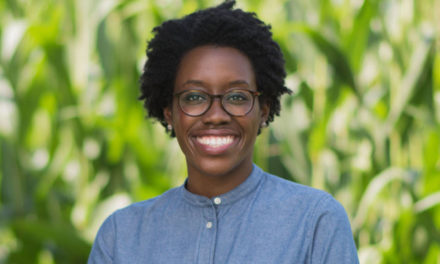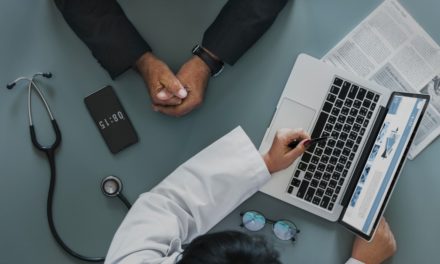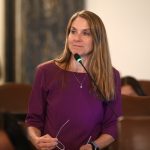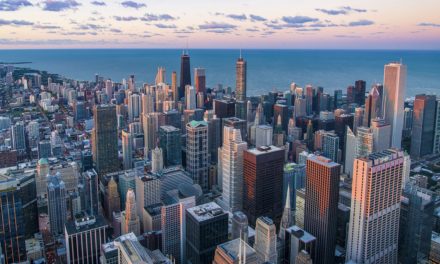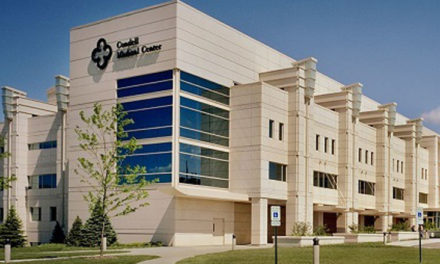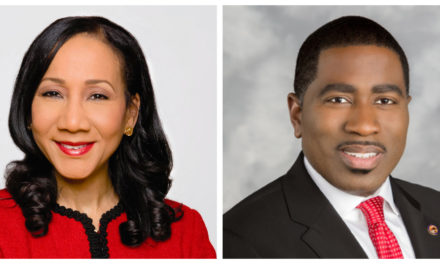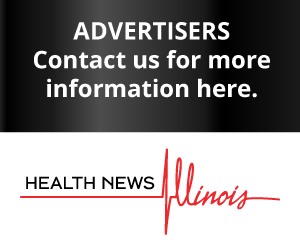
On the record with Howard Brown Health CEO David Ernesto Munar
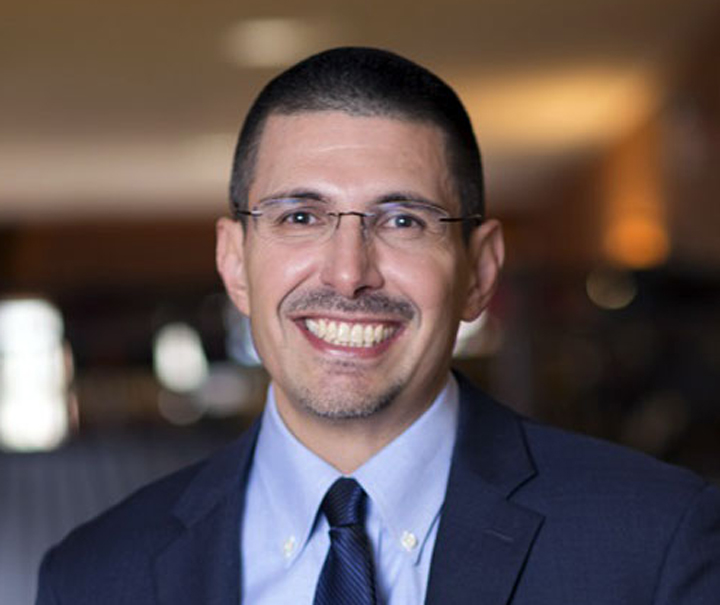
Reaching out to communities and populations that may not have access to telehealth is crucial to ensuring patients receive care during the COVID-19 pandemic, according to David Ernesto Munar, president and CEO of Howard Brown Health.
The Chicago-based healthcare organization has been at the forefront of providing services for LGBTQ and other underserved populations. Munar recently spoke with Health News Illinois about how it adjusted its care model for COVID-19 and how it adapted its previous contact tracing work with HIV/AIDS to COVID-19.
Edited excerpts are below.
HNI: How has Howard Brown been adapting its care model to meet the needs of underserved communities during the COVID-19 pandemic?
DM: The most significant effort has been around the community mobilization. We selected five of our clinics and set up COVID testing stations. And then we’ve been running from the very beginning a nurse and provider-led telephone hotline for patients who have questions about COVID. And with the ability to bill for video encounters, we’ve launched telehealth. So we’ve been able to do our behavioral health through video health teleconferencing, as well as primary care and some other services.
HNI: What have been some of the challenges so far?
DM: We’ve been in conversation with patients since the beginning, and in those conversations we just hear the depths of economic hardship that people are facing. There are a lot of reports of individuals and families who are struggling with enough income to afford food, concerned about their housing security because they’re living on rent and a lot of isolation and a lot of unemployment. So that’s one big challenge that we see in the community.
And then we’re doing a lot of telehealth. We’ve done about 20,000 visits since March. We are concerned about the populations that we can’t reach in telehealth because some people are not tech-savvy enough and they’re just not going to succeed in setting up their visit. Or they don’t have reliable WiFi or a stable home or, in many cases, enough privacy at home. So we’re trying to figure out how we can encourage people to come to clinics, and we’ve been changing our in-clinic focus to be safer. So that’s been a big challenge. We know there have been people that have just avoided care altogether, and telehealth, for them, just won’t be successful.
HNI: What are you doing to reach those people who don’t have the ability to use telehealth?
DM: We’ve been doing some outreach, looking at our patient records on who we haven’t seen in a while and trying to contact them. We let them know that we are offering services in person. Obviously, our in-person protocols have changed dramatically, but we want to focus on that outreach and get the word out that no one should be avoiding care at this point. At the beginning, we were encouraging people to just postpone or delay, but we’re beyond that point.
HNI: How has Howard Brown’s experience with contact tracing for HIV/AIDS and STIs transferred over to contact tracing for COVID-19?
DM: We’re able to leverage the workforce. So as we slow down encounters on our traditional STI and HIV work, we shifted. So that was helpful. I think at the core, good contact tracing is just good listening and good customer relationships. We’re building a relationship with the person we’re trying to reach through the phone. And really just listening to them and offering them assistance. People who test positive for COVID, many of them through the course of this pandemic are isolated. They’re scared and they may not have all the information about what they need to do for their own health. And so their contact with contact tracers is really valuable for them to figure out what they can do. And then it’s just gaining their trust so that we can find out who may have been exposed or potentially exposed, and then try to reach them. So it’s going well. Even now there are still lots of questions about the disease.
HNI: Gov. JB Pritzker recently announced he’s directing $50 million in funding from the Coronavirus Aid, Relief, and Economic Security Act to community health centers. How will that money be used?
DM: We’re pleased the state is sharing those federal resources with health centers that took a steep decline in visits as a result of public health emergencies and especially the stay-at-home order. Helping health centers stabilize their finances because of the reduction in visits is going to help us. Not only did we see a decline in encounters, but we also ramped up new centers. Here at Howard Brown we have a mobile unit for tests, new testing locations, tents and overtime. This resource is going to help sustain us some of those new activities and make up for the shortfall.
HNI: How much is Howard Brown expected to receive?
DM: We’re going to see about half a million.
HNI: What more can policymakers do to help community health centers?
DM: I think there’s a lot of emergency adaptations. All of that telehealth billing adaptations for public and private are temporary, and we’re all waiting to see if those will become permanent. That’s a big one. Our whole rating structure has changed. A lot of the healthcare is paid for through encounters. With COVID, those encounters have gotten significantly longer because we can’t pack the clinics the way we used to. So our maximum personnel and patient volume is reduced by these tasks. We’re putting more social distancing measures in place. We’re spacing out patients further from each other so we can sanitize the rooms between patients. So that’s all added substantial new costs that weren’t in the visit before. And so we hope that moving forward, payers like Medicaid, Medicare or private will consider that in considering their rates for community healthcare centers.
This article first appeared in the Health News Illinois daily email newsletter. To receive nonpartisan Illinois health news that you can’t find anywhere else, sign up here for a free trial.
